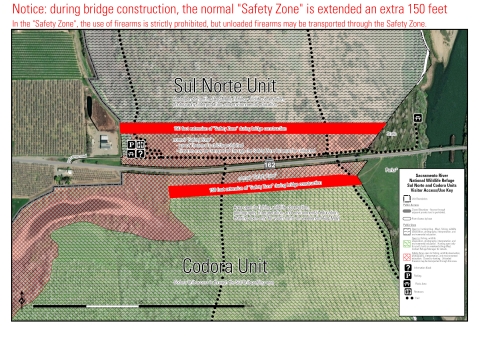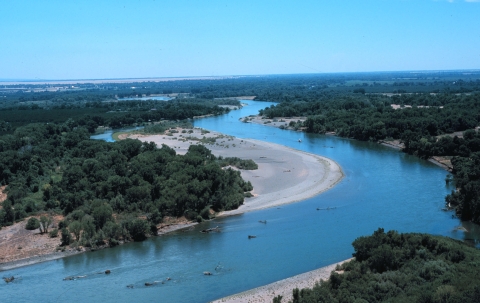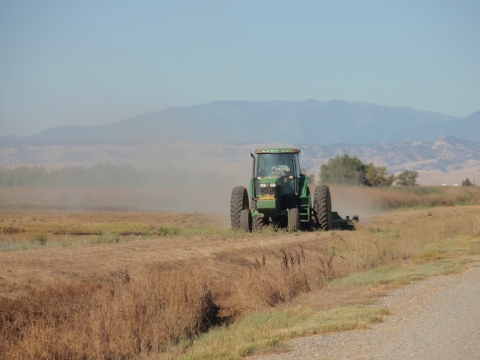Updated April 16, 2025 - 3pm
- County Road 68 (public road) from Highway 99 to 3 miles east of Highway 99 is expected to stay closed to through-traffic as crews replace a collapsed culvert. Access to Logan Creek Spring Trails (Sacramento NWR) is not available at during this time. This road work is likely to continue through Friday, April 18.
Visit Us
Welcome to Sacramento River National Wildlife Refuge!
Sacramento River NWR offers a variety of recreational activities for visitors across its 24 units that are open to the public: hunting, fishing, hiking, photography, and wildlife viewing.
There are LOTS of recreational opportunities across the Complex, including a Visitor Center, Auto Tours, trails, bicycling, photography, hunting and environmental education.
VISIT US! <-- CLICK HERE....
to find all the information you need to PLAN YOUR VISIT, like recreational opportunities, what to expect, hours and directions, accessibility, passes and permits, rules and policies, local and contact information. Or jump straight to your favorite activity using these quick links:
VISITOR CENTERAUTO TOURSTRAILSBICYCLINGPHOTOGRAPHY Hunting-RiverHUNTING-WaterfowlRiver Units SummaryMAPS, DIRECTIONS + BROCHURESENVIRONMENTAL EDUCATION
Sacramento River National Wildlife is one of the 5 National Wildlife Refuges and 3 Wildlife Management Areas that make up the Sacramento National Wildlife Refuge Complex:
Location and Contact Information
- Sacramento River National Wildlife Refuge
About Us
The Sacramento River National Wildlife Refuge is part of the Sacramento National Wildlife Refuge Complex. It is located along a 80-mile stretch of the Sacramento River between Red Bluff and Princeton, in Tehama, Butte, Glenn and Colusa Counties. The refuge's 30 properties or Units total 10,353 acres, and consist primarily of restored and remnant riparian riparian
Definition of riparian habitat or riparian areas.
Learn more about riparian habitats, but also include grasslands and some orchards.
Click on the link below to learn more about us!
What We Do
- Resource Management
To help plants and wildlife, Refuge staff uses a variety of habitat management techniques to maintain, recover or enhance plant and wildlife values. Refuge staff carefully consider any management techniques and employ them in varying degrees according to the situation.
- Conservation and Partnerships
The Complex is involved in many conservation endeavors, including Comprehensive Conservation Plans, Private Landowner Programs, and the National Wildlife Refuge System Improvement Act.
Click on the link below to learn more about what we do!
Our Organization
National Wildlife Refuge System Improvement Act of 1997:The NWRS Improvement Act defines a unifying mission for all refuges, including a process for determining compatible uses on refuges, and requiring that each refuge be managed according to a CCP. The NWRS Improvement Act expressly states that wildlife conservation is the priority of System lands and that the Secretary shall ensure that the biological integrity, diversity, and environmental health of refuge lands are maintained. Each refuge must be managed to fulfill the specific purposes for which the refuge was established and the System mission. The first priority of each refuge is to conserve, manage, and if needed, restore fish and wildlife populations and habitats according to its purpose.
Our Species
Several threatened, endangered, and sensitive species can be found on the Sacramento River Refuge including Chinook salmon, Valley elderberry longhorn beetle, yellow-billed cuckoos, Swainson's hawks, and bank swallows.
Click on the link below to learn more about our Seasons of Wildlife, Wildlife Checklist, Wildlife Surveys, and Our Species....























